Dispersants are also surfactants. There are anionic, cationic, nonionic, amphoteric and polymer types. Anionic types are more commonly used. Dispersants are suitable for powders or powders that are very susceptible to moisture and agglomeration. After adding, they can effectively loosen and prevent agglomeration without affecting the performance of the main body.
The role of dispersants is to use wetting dispersants to reduce the time and energy required to complete the dispersion process, stabilize the dispersed pigment dispersion, modify the surface properties of pigment particles, and adjust the mobility of pigment particles.
In the papermaking process, paper fibers and fillers in the pulp are hydrophobic and tend to flocculate into agglomerates, and it is often difficult to produce paper with uniform performance and strength that meets the requirements. An additive needs to be added to increase the viscosity of the pulp to facilitate the uniform dispersion of fibers and fillers, so that the paper is uniform, smooth, flexible and without holes, so that the papermaking performance is stable, and it is not easy to break the paper and powder during papermaking. At the same time, it can improve the tensile strength and dry and wet strength of paper products and save pulp. This additive is called a papermaking dispersant.
How can papermaking dispersants be used to better play their effects? Let’s take a look at it below:
- When using papermaking dispersants, it is extremely important to effectively disperse the product in water, otherwise it will cause the dispersant to clump and produce “fish eyes”, and the dissolution time will be increased.
- Using warm water can speed up the dissolution rate, but too high a temperature will cause thermal degradation of the polymer chain and affect the viscosity. The general water temperature cannot exceed 50°C.
- The storage time of the aqueous solution cannot exceed 48 hours, otherwise it is easy to cause viscosity drop and affect the application effect.

